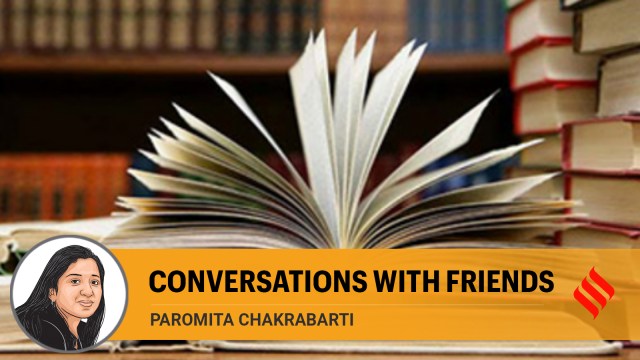
The death of a celebrated writer is an occasion to mourn losses — of her genius, the excellence of her craft, her prodigious intellect, the accolades that she had won over her lifetime, the circumstances of her writing life. But it is also a moment to remember how her words made one feel — a sense of being seen, heard, or perhaps, simply reassured about the universality of emotions, whose surfeit or absence forms the leitmotif of everyday life.
In ‘Family Furnishings’, a story from her collection Hateship, Friendship, Courtship, Loveship, Marriage (2001), the Canadian writer and Nobel laureate Alice Munro, who died this week, wrote, “There was a danger whenever I was on home ground. It was the danger of seeing my life through eyes other than my own.” Munro’s gaze was anything but the other’s: There was both comprehension of and empathy for the individual battles one fought in the privacy of one’s mind. What Munro held back from — most of the time — was omniscience, the writerly, almost patriarchal, tendency to explain the lives of protagonists back to them. Like her friend, the writer Margaret Atwood, she made female gaze a thing long before it gained currency.
What could it be about the lives of girls and women that Munro could get to the heart of, that set her apart? That despite their setting in rural Canada, their stories resonated with readers across the world? In the story ‘Too Much Happiness’ about the mathematician and writer Sophia Kovalevsky, from the eponymous anthology, Munro writes, “Always remember that when a man goes out of the room, he leaves everything in it behind… When a woman goes out she carries everything that happened in the room along with her.” Munro mapped this storied baggage without critique — she wrote not so much about her characters but as them, sharing the bitter taste of their disappointments, the sudden flares of resentment, and the illicit thrill of hope. Like her readers, she both discovers and feels her way through relationships — marriage and infidelity, motherhood and daughterhood — but also through loneliness and grief, love and longing, desire and abandonment. It makes reading Munro a visceral experience, like a conversation with an old friend who knows the many versions of the person one has been.
In her Nobel Prize interview in 2013, Munro spoke of her affinity to happy endings. One of the first stories she heard as a child was Hans Christian Andersen’s The Little Mermaid. Its sobering coda had made such an impression on her young mind that she was determined to rework its course to give the mermaid the happily ever after she deserved. By the time she began writing though, the spell had broken. Munro realised that happy endings were not the stuff of real life. They belonged in the realm of fantasies, in the hoariness of once-upon-a-times and relied on larger-than-life characters to prop them up. Real life was the work of ordinariness, its tedium broken by the passage of time and messy, erratic chance.
There is an interiority to Munro’s stories that comes from being an insider. The writer spoke often of drawing from her own life — her troubled relationship with her school-teacher mother who developed Parkinson’s when Munro was in her early 40s, the ennui of her first marriage, the solace that books offered, and learning to write amid domestic chores and childcare duties. The sparse economy of her short stories owed a debt to these roles she played in family life, the constraint of time that she battled against like every woman. In the unchanging routine of daily living, as men and women worked and sparred, lived and lost, she traced the unpredictable archaeologies of the human heart.
Unlike most of her counterparts, Munro consciously stayed away from an overtly public life, an achievement in itself, given the range of accolades that she garnered, from the Man Booker International Prize to the Nobel Prize. It could have been her characteristic diffidence but for her readers, it spelled confidence: Munro knew the vagaries of human nature like few others. Formal validations are necessary accoutrements of success, but beyond their endorsement, what remained was how Munro made her readers feel — seen and heard.
paromita.chakrabarti@expressindia.com
© The Indian Express Pvt Ltd
First uploaded on: 17-05-2024 at 07:07 IST


